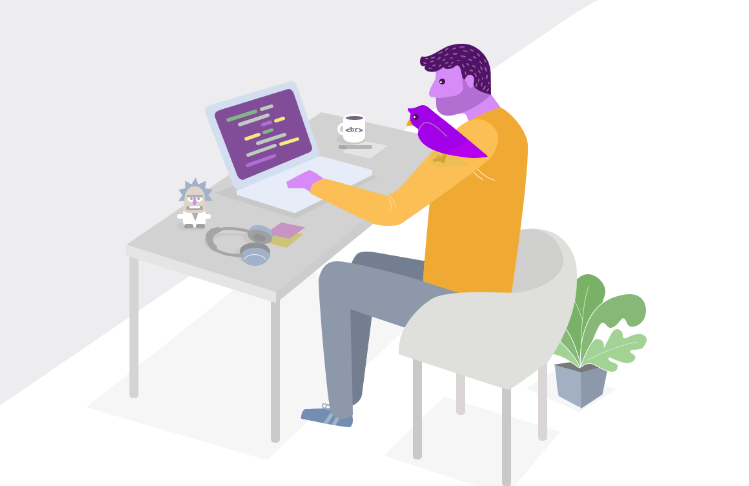 CLOUD
CLOUD
 CLOUD
CLOUD
 CLOUD
CLOUD
Rapid debugging tools startup Rookout Inc. is bringing its capabilities to Kubernetes, meaning that developers who use software containers to build their applications can locate and fix any problems with their apps more easily.
Rookout’s main focus up until now has been on providing debugging tools for serverless computing platforms such as Amazon Web Services Inc.’s Lambda. But the company wants to expand its capabilities and it believes Kubernetes developers are the perfect target market.
Kubernetes has emerged as the main orchestration tool used to manage large deployments of software containers, which themselves are growing in popularity among DevOps teams because they enable apps to be built once and run anywhere.
Kubernetes might be popular, but it’s also a hassle when things go wrong, Rookout says. The problem is that traditional debugging tools become useless with Kubernetes, because they’re unable to debug multiple ephemeral, shifting, distributed concurrent instances of code. That’s because Kubernetes lacks so-called “breakpoints,” which are intentional pauses written into traditional software that are designed to acquire knowledge of its execution and are specifically used for debugging purposes.
Thanks to the lack of breakpoints, Kubernetes developers have to do things the hard way, using logging and distributed tracing tools to find the root cause of any bugs. But these processes are cumbersome, and they can’t provide details of what’s happening in the code itself, which means lots of guesswork even with the information they do provide.
Rookout’s simple solution is to introduce breakpoints to containerized apps for the first time. “Rookout’s “breakpoints” collect full stack data but they don’t actually stop or affect the code execution, meaning that they can be used in production as well as in development,” the company said.
The breakpoints are flexible too, and can be used to target a single region or an entire deployment of multiple clusters.
“People want to debug with a debugger. That’s why it’s called a debugger,” said Rookout Chief Technology Officer Liran Haimovitch. “Nobody wants to install and run complicated, high-overhead monitoring solutions just to be able to indirectly debug Kubernetes.”
THANK YOU